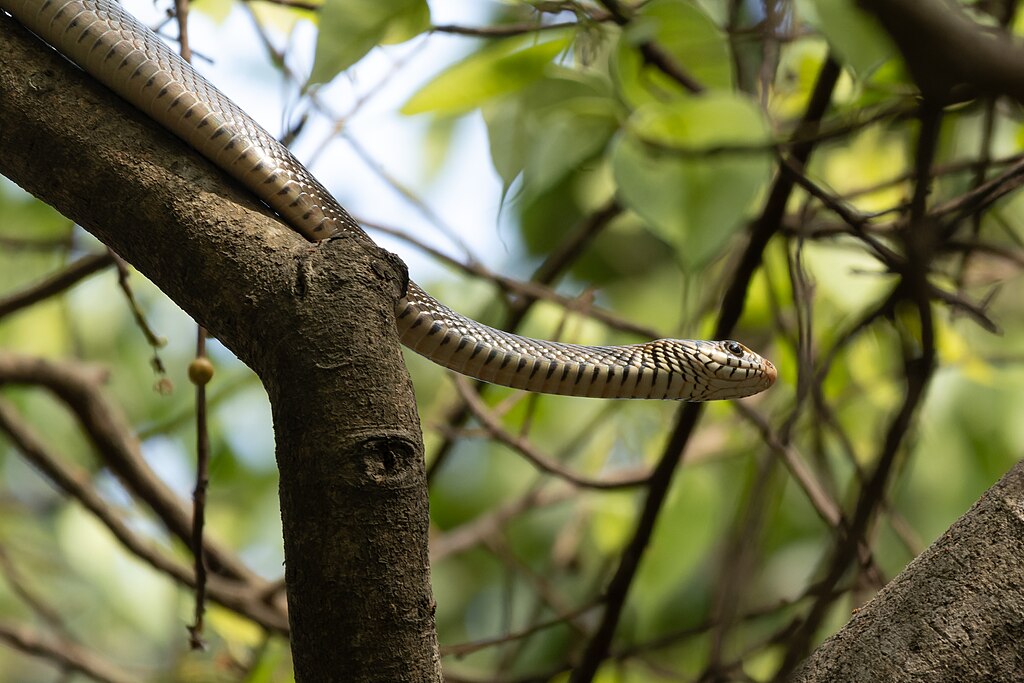When you rescue a snake from poor conditions, you’re taking on a meaningful responsibility that requires patience, knowledge, and dedication. Malnourished snakes face numerous health challenges and require specialized care to return to full health. The rehabilitation process involves careful assessment, appropriate feeding strategies, environmental modifications, and often veterinary intervention. While the journey may seem daunting, the transformation of a suffering reptile into a thriving animal can be incredibly rewarding. This comprehensive guide will walk you through the essential steps to successfully rehabilitate a malnourished rescue snake and give it a second chance at a healthy life.
Understanding Snake Malnutrition: Signs and Symptoms
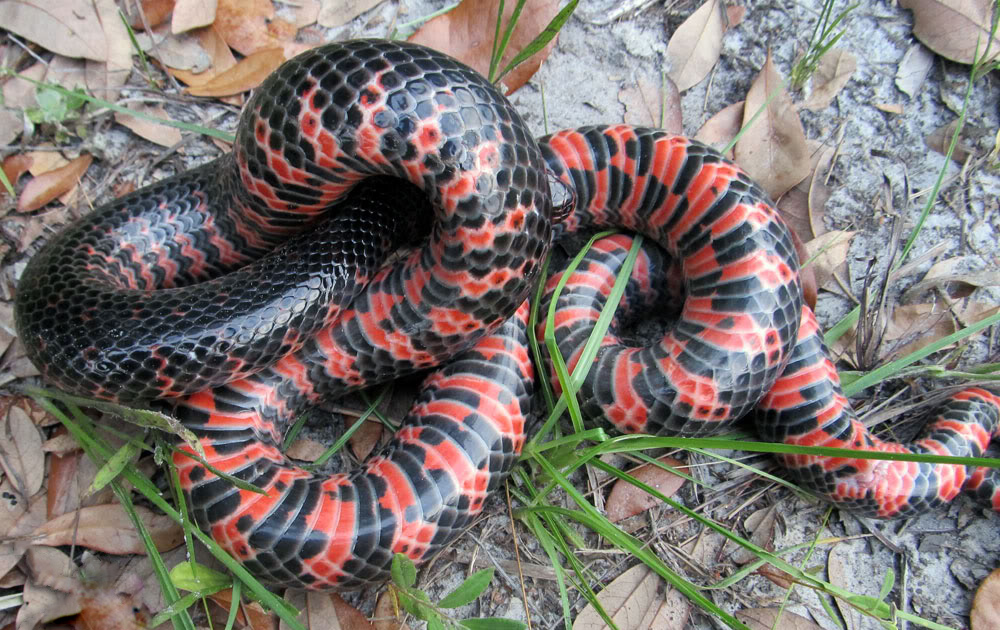
Malnutrition in snakes manifests through several visible indicators that signal a serious health concern. The most obvious sign is an emaciated appearance where the spine and ribs are prominently visible, creating a triangular rather than rounded body cross-section. You may also notice loose, wrinkled skin that lacks elasticity, indicating significant weight loss and dehydration. The snake’s behavior often changes dramatically, with decreased activity, weakened muscle tone, and difficulty performing normal movements like climbing or constricting. Additionally, malnourished snakes frequently display sunken eyes, retained shed skin (dysecdysis), and may have a dull, lackluster appearance to their scales—all indicators of poor health requiring immediate intervention.
Initial Assessment and Quarantine Procedures
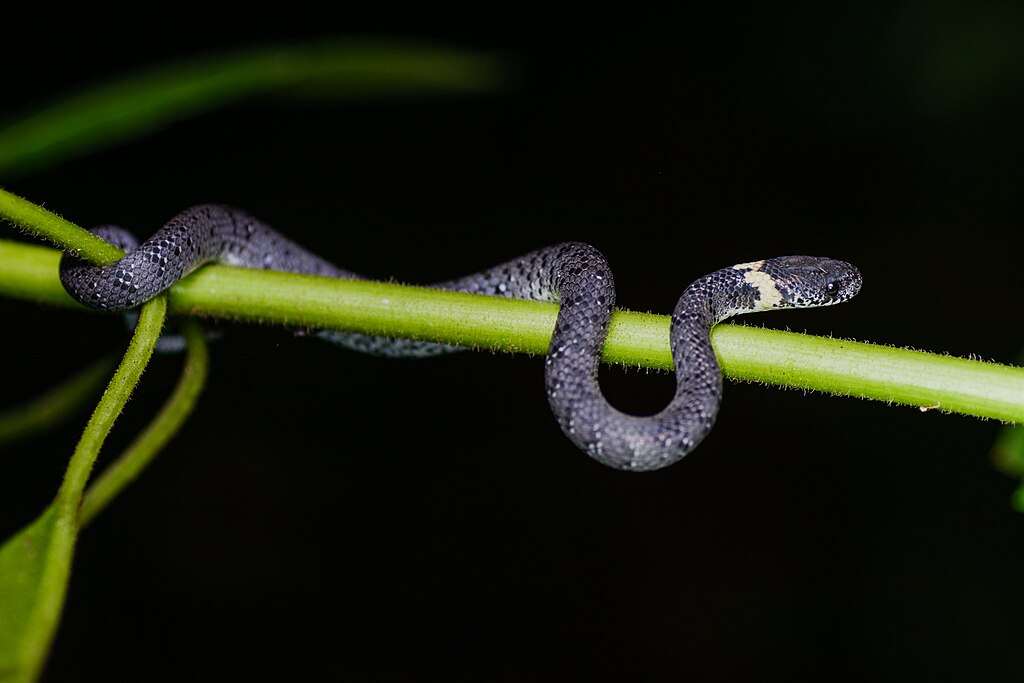
When you first acquire a malnourished rescue snake, conducting a thorough initial assessment is crucial before beginning rehabilitation. Carefully examine the snake for injuries, infections, respiratory issues, and external parasites like mites or ticks, noting any abnormalities that may require specialized treatment. Set up a separate, simple quarantine enclosure away from other reptiles, equipped with appropriate heat, minimal hiding spots, and paper towel substrate that allows for easy monitoring of waste and overall condition. The quarantine period should last a minimum of 30-60 days, providing time to address immediate health concerns while preventing potential disease transmission to other animals. During this assessment phase, document the snake’s weight, feeding responses, and behavior patterns to establish a baseline for measuring progress throughout rehabilitation.
Creating the Optimal Recovery Environment
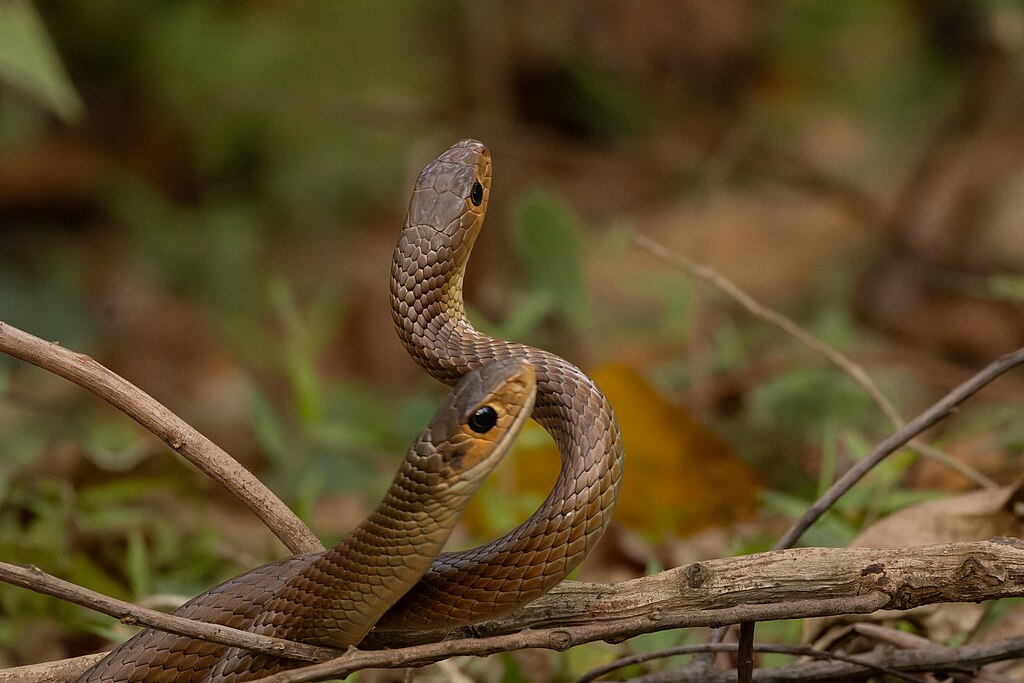
A proper recovery environment significantly impacts a malnourished snake’s rehabilitation success. Set up an enclosure that prioritizes security and stress reduction, featuring simple furnishings with at least two hide boxes—one on the warm side and one on the cool side—allowing the snake to thermoregulate while feeling protected. Maintain appropriate temperature gradients specific to the snake’s species, generally providing a warm basking area (85-90°F for most species) and a cooler zone (75-80°F), as proper heat is essential for digestion and immune function. Keep humidity levels appropriate for the species, typically 40-60% for most non-tropical snakes and 60-80% for tropical species, using a hygrometer to monitor levels accurately. The enclosure should be easy to clean, well-ventilated but draft-free, and positioned in a quiet location away from high traffic and excessive stimulation that could stress the recovering reptile.
Hydration: The First Priority
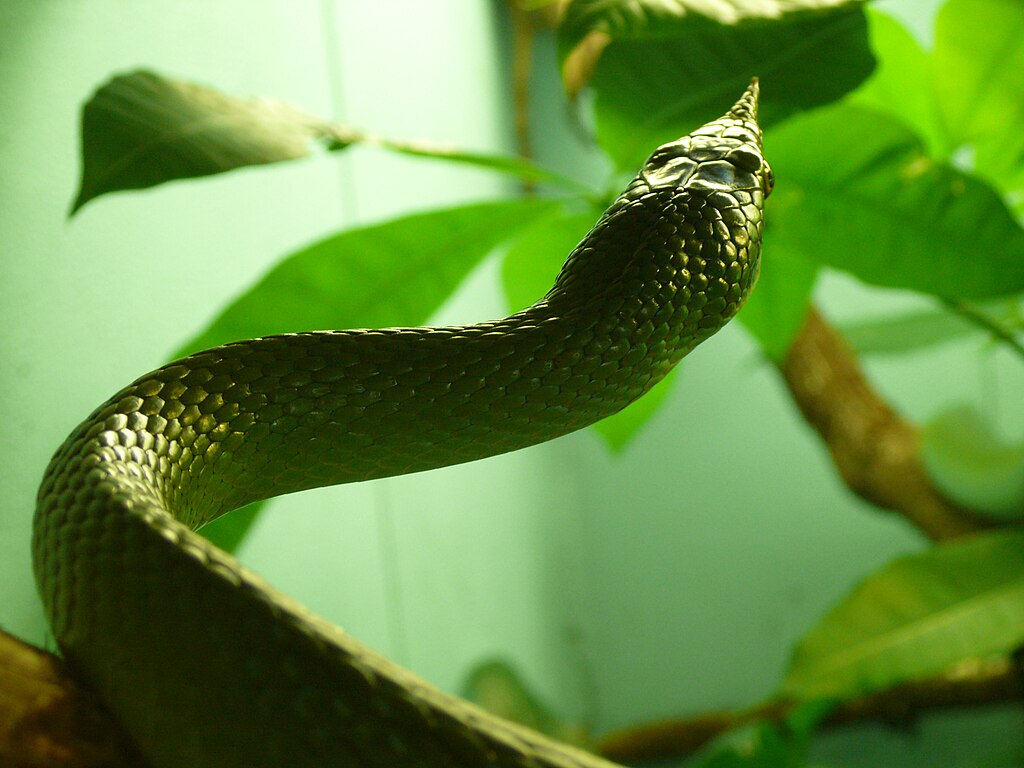
Before addressing nutritional deficiencies, ensuring proper hydration is the critical first step in snake rehabilitation. Provide a shallow water dish large enough for the snake to soak in completely, as severely dehydrated snakes often immerse themselves to absorb water through their skin. For critically dehydrated individuals, consider offering electrolyte solutions formulated for reptiles in place of regular water for the first few days of treatment. Gentle soaking sessions in lukewarm water for 15-20 minutes several times weekly can significantly improve hydration status, especially in snakes too weak to drink independently. Watch for signs of improving hydration, including better skin elasticity, clearer eyes, and more regular urination, which typically appears as white urates alongside fecal matter during defecation.
Veterinary Care: When Professional Help Is Necessary

While many aspects of snake rehabilitation can be managed by knowledgeable owners, certain conditions require immediate veterinary intervention from an experienced reptile specialist. Seek professional care if the snake shows signs of respiratory infection (wheezing, bubbles around nostrils, open-mouth breathing), severe parasite infestations, regurgitation, prolonged refusal to eat, or abnormal swellings and lesions. A qualified veterinarian can perform fecal examinations to identify internal parasites, which are common in malnourished reptiles and require specific medication protocols for treatment. Blood work may be necessary to assess organ function and identify underlying metabolic issues contributing to the snake’s poor condition. Remember that veterinary costs should be considered an essential part of the rescue process, as untreated medical conditions can prevent successful rehabilitation regardless of your husbandry efforts.
Introducing Food: Starting Small and Slow
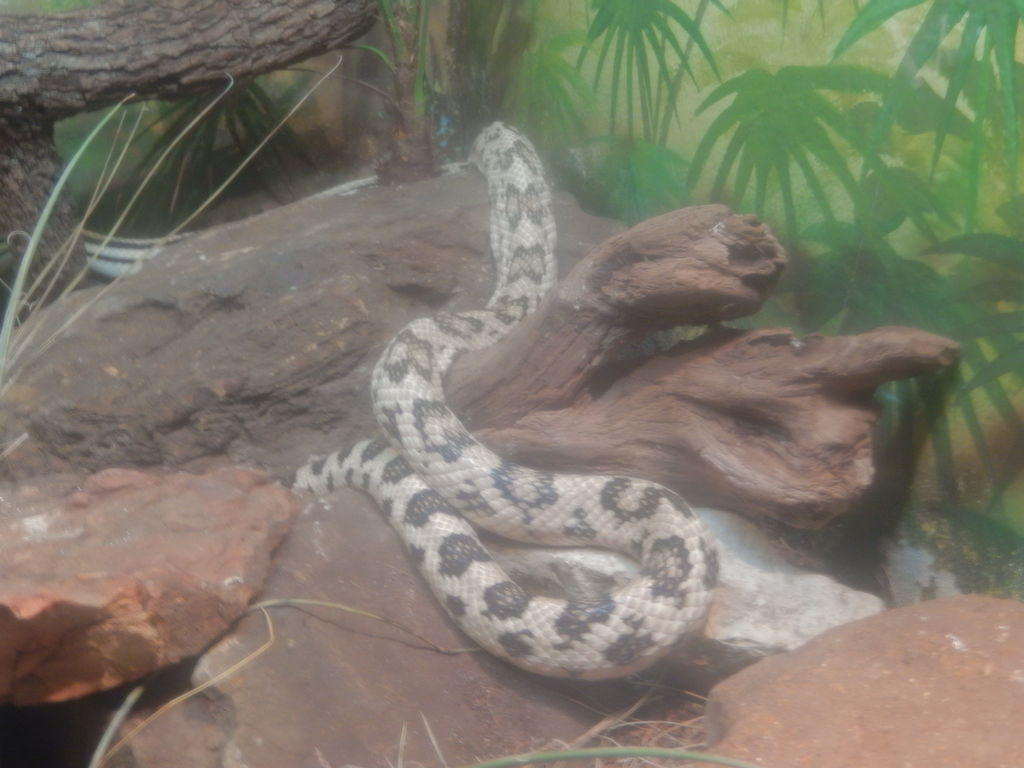
Reintroducing food to a severely malnourished snake requires a cautious, measured approach to prevent further health complications. Begin with prey items significantly smaller than what would be appropriate for a healthy snake of the same size—approximately 50-75% smaller than standard feeding recommendations—as the digestive system needs time to rebuild capacity. For severely emaciated snakes, consider starting with scented pinky mice (the smallest available size) even for species that would normally take adult prey, gradually increasing size as the snake’s condition improves. Offer food less frequently than normal at first, typically waiting 5-7 days between feedings rather than the standard feeding schedule for the species, allowing complete digestion between meals. If the snake refuses prey, don’t force-feed immediately; instead, try different prey types, scenting techniques, or warming the prey to enhance its appeal before considering more invasive feeding methods.
Dealing with Feeding Refusal and Specialized Techniques
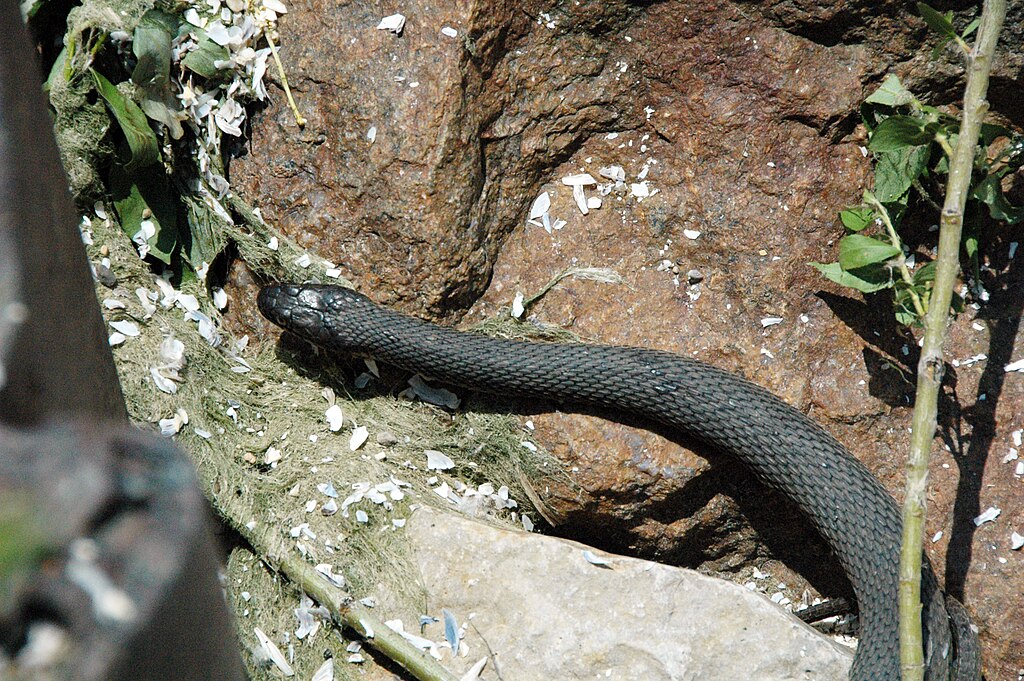
When a malnourished snake refuses food, employ specialized techniques before resorting to force-feeding, which should be considered a last resort performed only by experienced handlers. Try prey scenting by rubbing the food item with the scent of preferred prey—using chicken broth for rat-eating species or lizard scents for reptile specialists—to trigger feeding responses. Brain-feeding, where the prey’s head is carefully opened to expose brain matter, can stimulate feeding in difficult cases due to the strong scent and taste. For some species, assist-feeding (where prey is gently placed in the snake’s mouth using feeding tongs, encouraging a natural swallowing response) may be effective without the stress of complete force-feeding. If these methods fail after multiple attempts and the snake continues to decline, consult a veterinarian about tube-feeding or other supportive nutrition methods that require professional expertise.
Monitoring Weight and Progress Documentation
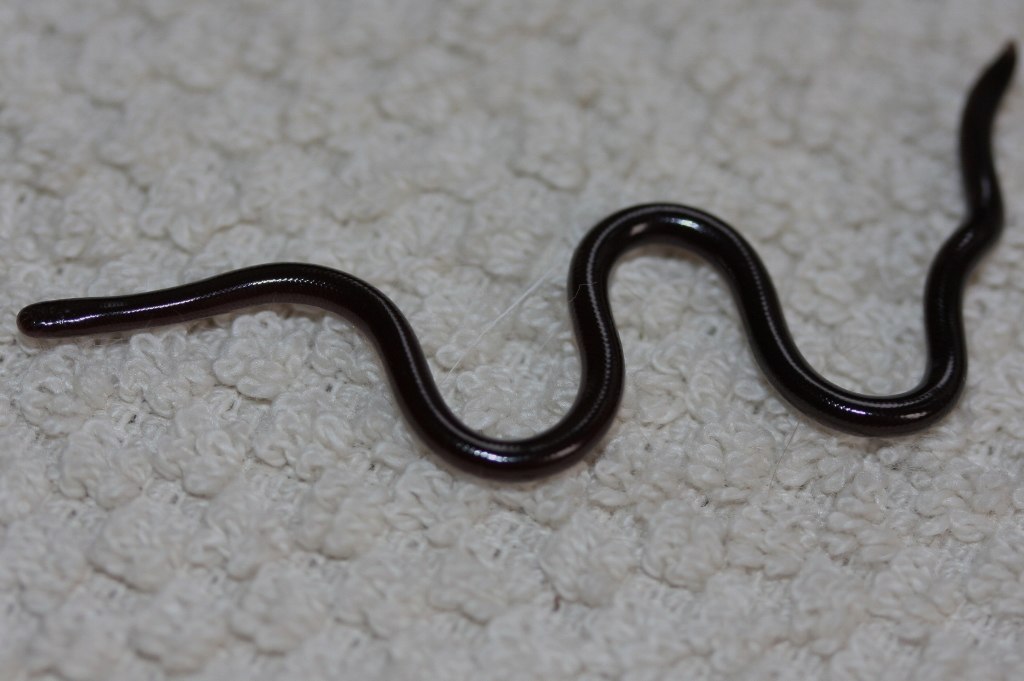
Systematic documentation of your snake’s rehabilitation journey provides crucial data for assessing progress and adjusting care protocols. Invest in a reliable digital gram scale and weigh the snake weekly at the same time of day, ideally before feeding, recording measurements in a dedicated logbook or digital spreadsheet. Take clear, dated photographs from the same angle and distance weekly to visually track physical changes that may not be immediately apparent day-to-day. Document all feedings, including food item size, whether it was accepted naturally or required assistance, and any regurgitation events or unusual behavior following meals. Watch for positive indicators of improvement including successful regular feeding, proper waste elimination, smoother skin during sheds, increased muscle tone, more active behavior, and gradual weight gain of approximately 5-10% per month—faster weight gain may indicate unhealthy feeding practices that can strain the snake’s recovering organs.
Addressing Common Health Complications
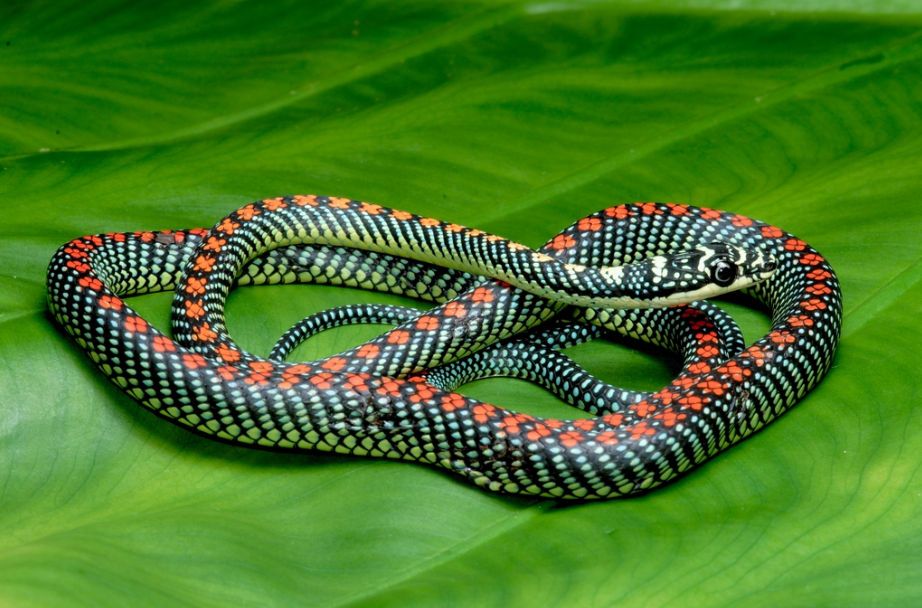
Malnourished snakes often develop secondary health issues that require specific interventions alongside general rehabilitation care. Respiratory infections, indicated by wheezing, mucus bubbles, or labored breathing, are common in weakened snakes and typically require antibiotic treatment prescribed by a veterinarian. Digestive issues like regurgitation may occur during rehabilitation; if this happens, wait 10-14 days before the next feeding attempt and further reduce prey size temporarily. Dysecdysis (difficulty shedding) can be addressed by increasing humidity and providing soaking opportunities, along with gentle assistance removing stuck shed using warm, moist towels if necessary. Metabolic bone disease, characterized by tremors, difficulty raising the head, or abnormal body positioning, requires calcium supplementation and proper UVB lighting as directed by a veterinarian, though recovery may be gradual and sometimes incomplete depending on severity.
Nutritional Supplements and Variety

Strategic supplementation can accelerate recovery in malnourished snakes when introduced properly as part of a comprehensive rehabilitation plan. Consider dusting prey items with reptile-specific calcium supplements once every 2-3 feedings, particularly for growing juvenile snakes or those showing signs of calcium deficiency. Multivitamin supplements formulated specifically for reptiles can be used more sparingly, typically once every 4-6 feedings, to avoid potential toxicity from fat-soluble vitamin overdose. For severely compromised snakes, veterinarian-approved liquid nutritional supplements can sometimes be administered via syringe or added to water during soaking sessions. As the snake’s condition improves, gradually introduce dietary variety appropriate to the species—offering different prey types such as mice, rats, chicks, or quail depending on the snake’s natural diet—to ensure balanced nutrition and maintain feeding interest.
Transitioning to Normal Feeding Schedules
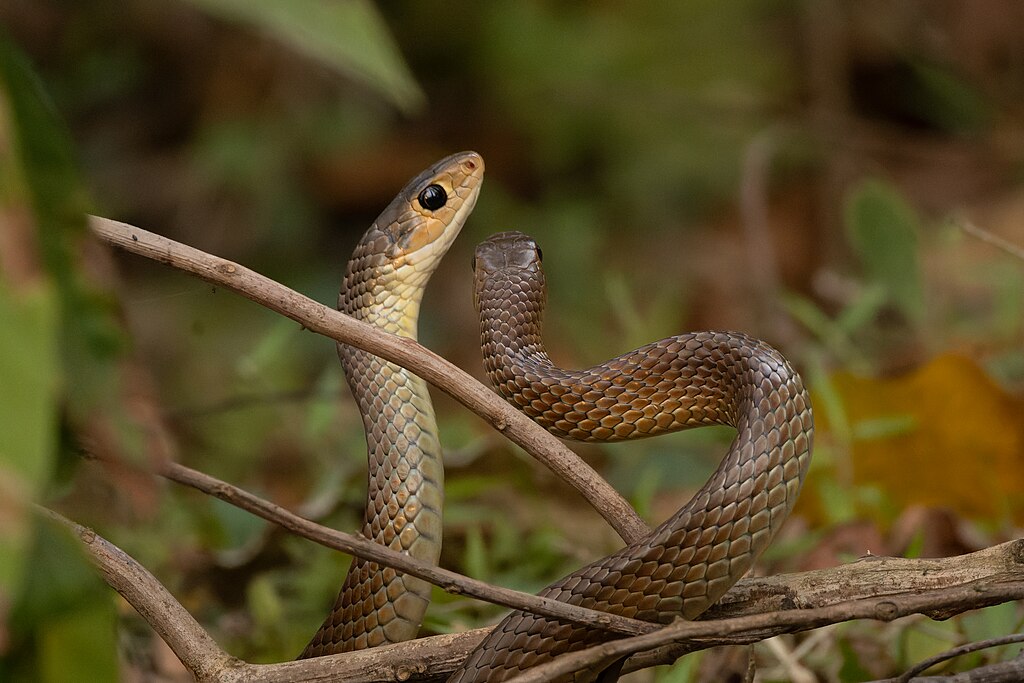
As your snake shows consistent improvement, carefully transition toward a normal, species-appropriate feeding routine over several weeks to months. Begin increasing prey size gradually when the snake has demonstrated successful digestion of smaller items for at least 3-4 consecutive feedings without complications. Slowly reduce the interval between feedings, moving from the recovery schedule (typically every 7-10 days) toward the normal adult feeding frequency for the species (commonly every 10-14 days for larger species, 7-10 days for smaller species). Monitor the snake’s body condition closely during this transition, looking for appropriate weight gain and muscle development without excessive fat deposition around the lower body. Consider the transition complete when the snake maintains a healthy body condition score (where the body is rounded but not obese, with the spine barely visible) while consuming appropriately-sized prey on a regular species-specific schedule for at least two months.
Behavioral Rehabilitation and Enrichment

Physical rehabilitation must be accompanied by behavioral recovery, particularly for snakes that have experienced neglect or improper handling. Introduce handling gradually, beginning with brief sessions of 5-10 minutes and slowly increasing duration as the snake shows comfort with interaction. Provide appropriate environmental enrichment through carefully selected climbing branches, varying terrain textures, and occasional enclosure rearrangements that stimulate natural exploratory behaviors without causing stress. For snakes displaying defensive behaviors due to past trauma, practice target training with a snake hook before handling, and maintain predictable routines that build trust and security. Remember that behavioral rehabilitation may progress more slowly than physical recovery, requiring patience and consistency—some rescue snakes may always retain certain defensive behaviors, while others may eventually become completely comfortable with regular interaction.
Determining Full Recovery and Long-term Care
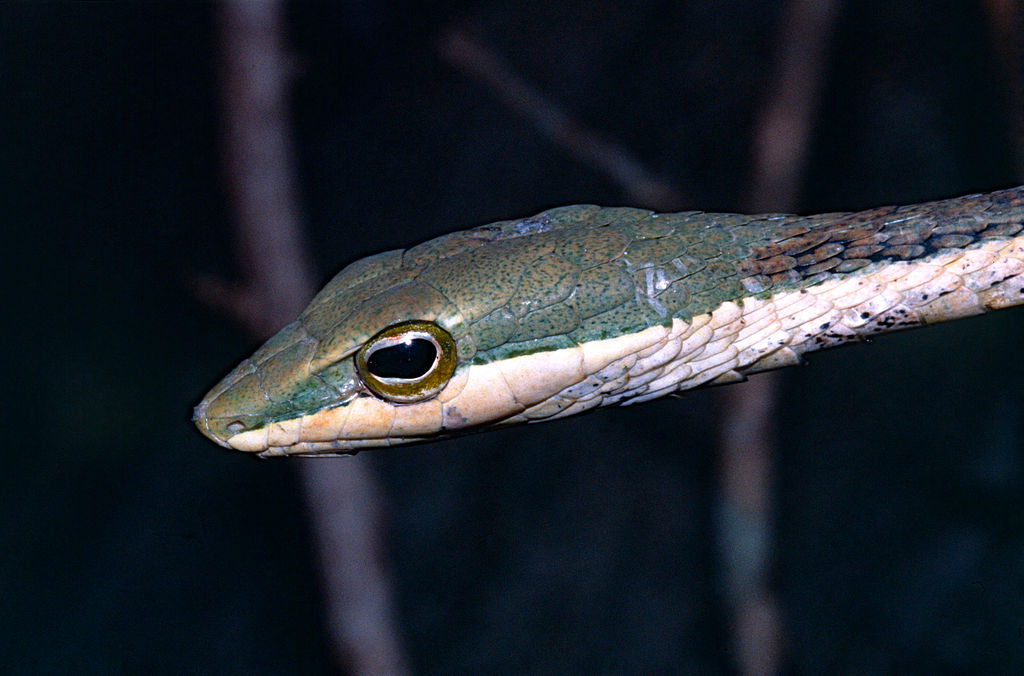
A successfully rehabilitated snake displays several key indicators that signal the transition from recovery to normal maintenance care. Physically, the snake should maintain a healthy weight with proper muscle tone, show regular feeding responses without assistance, and complete full, healthy sheds with minimal complications. Behaviorally, look for normal activity levels appropriate to the species, including comfortable exploration of the enclosure, regular use of all habitat features, and typical thermoregulation patterns. Even after full rehabilitation, previously malnourished snakes may benefit from slightly more vigilant monitoring throughout their lives, including semi-annual weight checks and careful observation during seasonal appetite changes. Consider the rehabilitation process complete when the snake has maintained consistent health parameters for at least six consecutive months, though some individuals with permanent damage from severe malnutrition may require lifelong specialized care adaptations.
Conclusion

Rehabilitating a malnourished rescue snake represents a significant commitment that combines science, patience, and compassion. While the process can be challenging and sometimes lengthy, successful rehabilitation offers remarkable rewards as you witness a suffering animal transform into a thriving companion. Each case is unique, requiring individualized approaches and adaptability as the snake’s condition evolves. By focusing first on proper hydration and veterinary care, then implementing appropriate feeding strategies and environmental conditions, most malnourished snakes can make remarkable recoveries. Remember that documentation, consistency, and gradual transitions are key to success. Whether you’re rehabilitating a snake for eventual rehoming or as a permanent addition to your collection, the knowledge that you’ve given a second chance to a neglected reptile makes the rehabilitation journey truly worthwhile.

